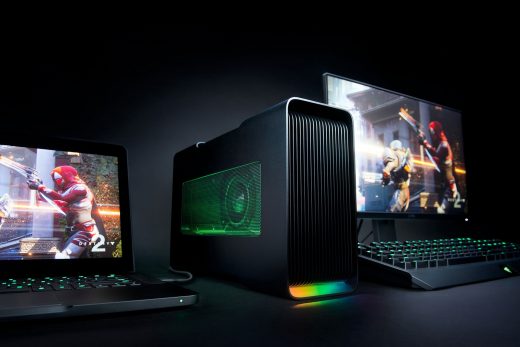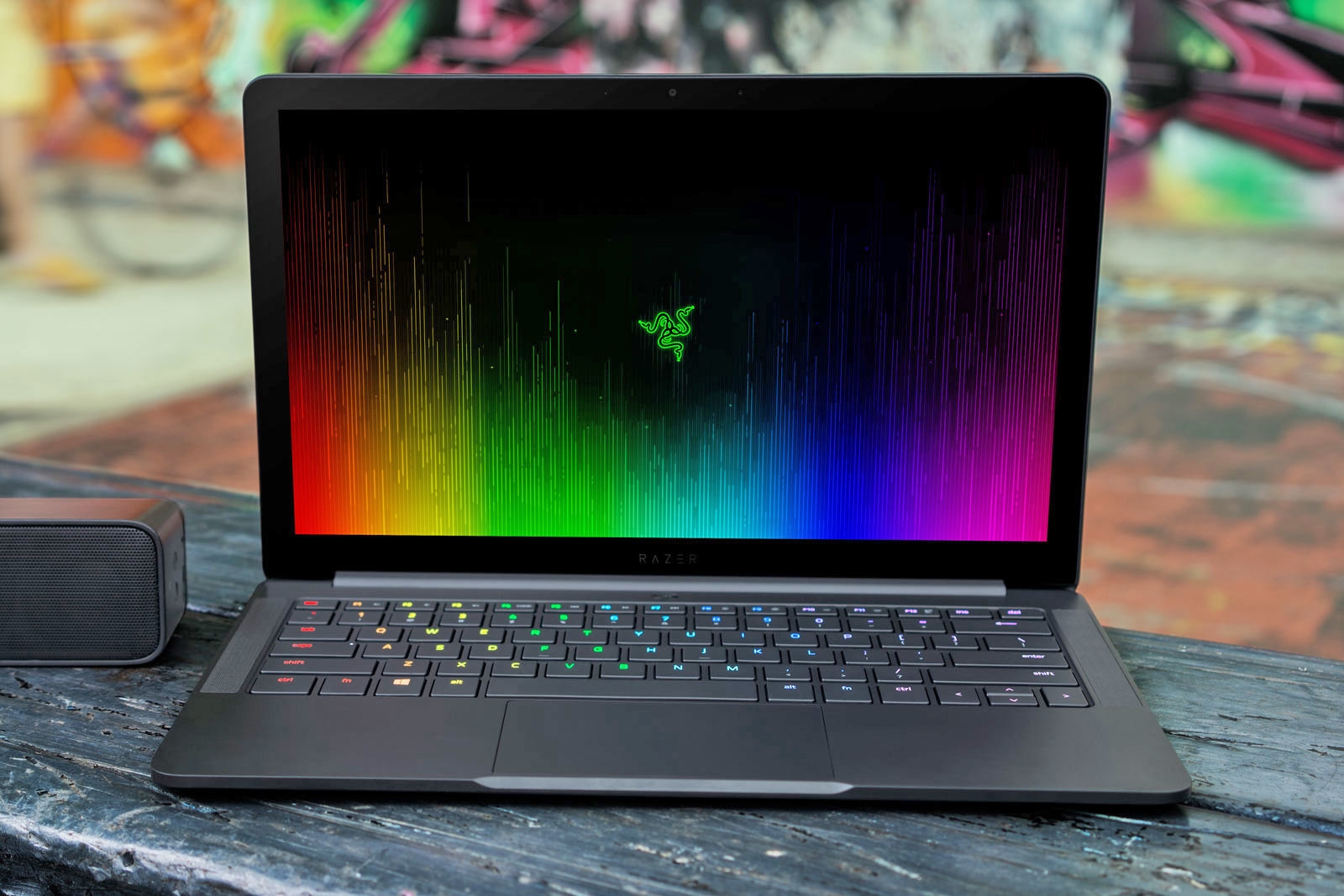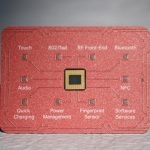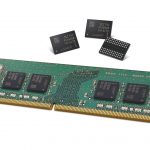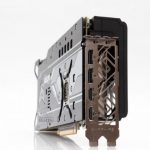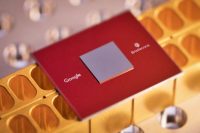Razer’s Blade Stealth laptop now packs a quad-core processor
Like the thought of Razer’s Blade Stealth ultraportable, but wish it had a bit more oomph for multitasking? You’re getting your wish. Razer has released a version of its 13-inch ultraportable with a quad-core 8th-generation Core i7 processor (namely, the 1.8GHz i7-8550U) inside rather than the usual 7th-gen dual-core chip. This doesn’t magically turn it into a gaming machine — you’ll still need a Core enclosure for that — but it could make all the difference when editing a video or juggling numerous apps. The CPU update also gives you an extra hour of estimated battery life (10 hours total), so you’re more likely to make it through a long day.
The quad configuration is available now in North America (France, Germany and the UK get it later in the year) for $1,699 and ships with the usual 16GB of RAM, a 3,200 x 1,800 screen as well as a 512GB SSD. Razer clearly sees the more powerful chip as an upsell at this stage rather than an across-the-board upgrade for every model, and that price is perilously close to the $1,900 you’ll pay for the brawnier 14-inch Razer Blade. You’ll want to think carefully about buying this model, then. Still, if you’re more interested in raw portability than playing Destiny 2 on the road, this is one of the speedier options.
Don’t worry if you prefer the Stealth but still want to plug in for some games, though. Razer is launching the Core V2, which tweaks its familiar external GPU housing to better serve as a general-purpose hub. It now has dual Thunderbolt 3 controllers that splits the pipelines for both your video card and other devices, so you don’t have to worry about the Core’s Ethernet connection or USB ports taking precious bandwidth away from your GPU. The V2 also accommodates a wider array of video cards, including GeForce 10-series and Radeon 500-series boards as well as Quadro workstation cards.
The new Core sells for a familiar $499 and ships “soon” to North America as well as France, Germany and the UK. That remains a lot of money to spend just to get desktop-level graphics on your laptop (the price doesn’t include the card itself, remember), but the V2 upgrades make the Core more practical if it doubles as a docking station for your peripherals.
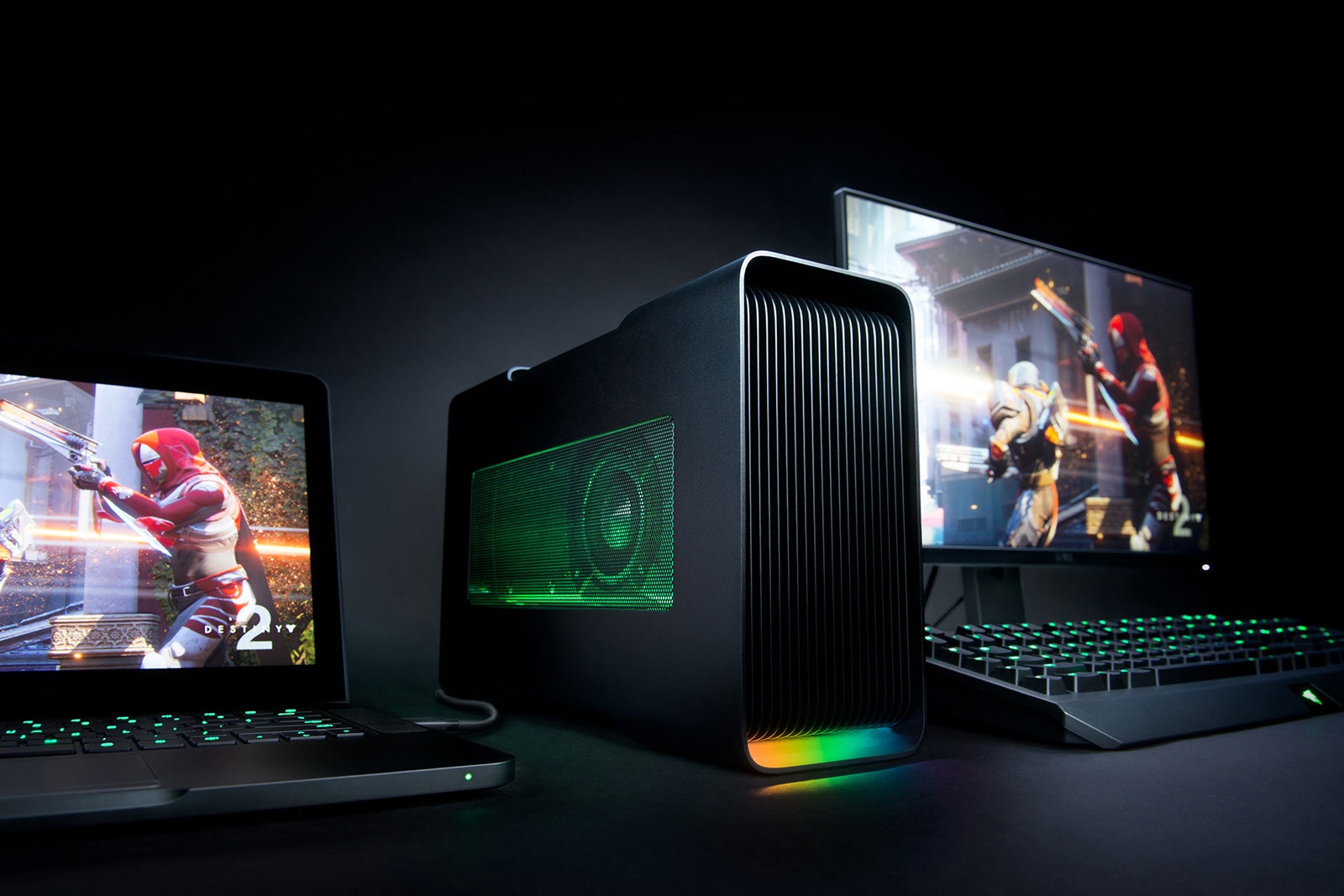
(45)

